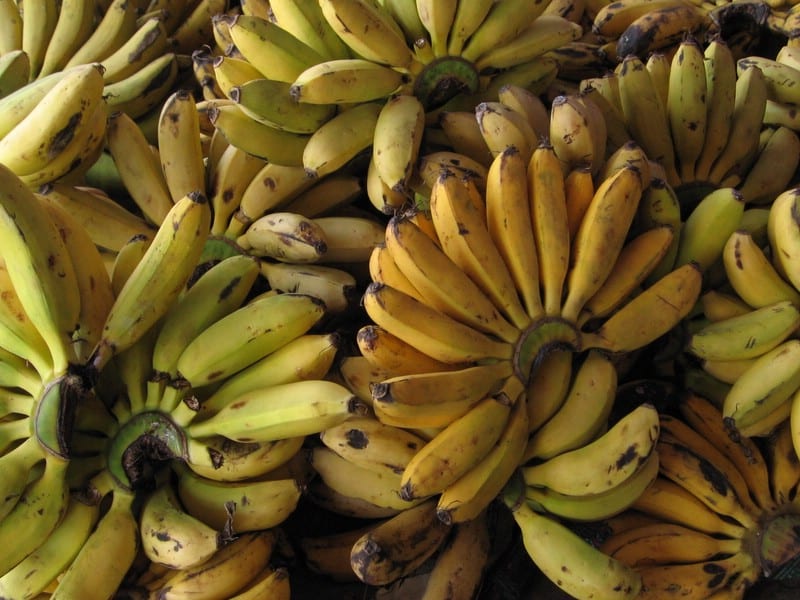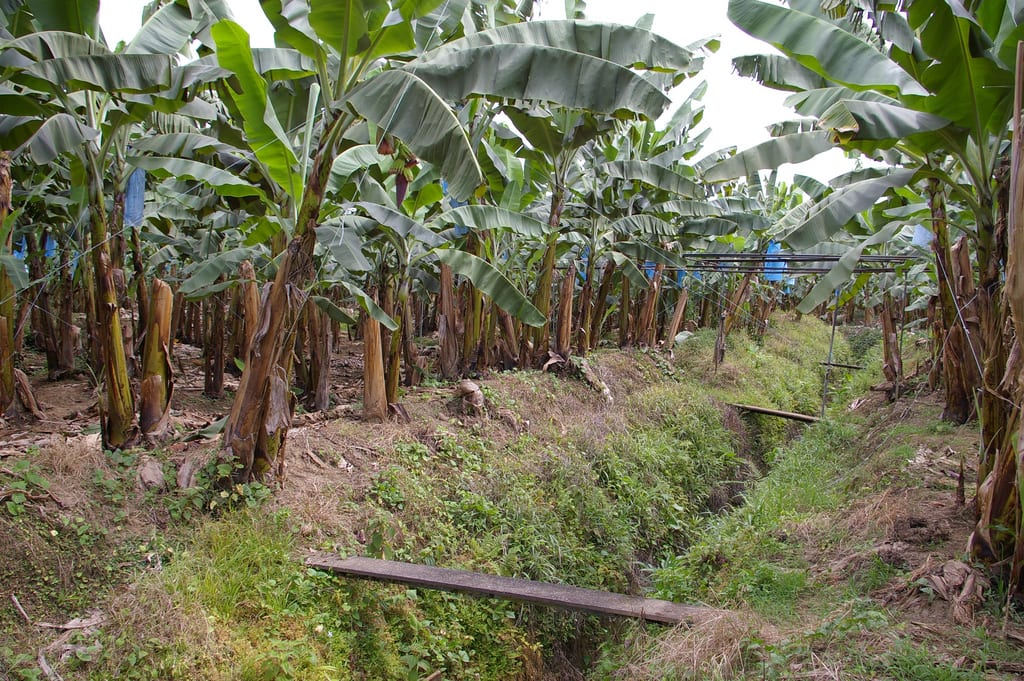Americans buy bananas in larger quantities than apples and oranges combined. However, this favorite potassium-filled fruit could soon go extinct. Panama disease, caused by a new strain of fungus called Tropical Race 4 (TR4), is slowly spreading around the world and causing entire crops of bananas to be eradicated. The previous dominant variety of bananas, Gros Michel, was wiped out by TR1. Cavendish bananas were cultivated in such a widespread manner because they were resistant to TR1, and now account for 99% of all banana crops. TR4, however, has proved to be a worthy adversary. The rate at which it is causing destruction of Cavendish banana crops is rapid, and all because humans are making the same mistake they did with Gros Michel — They cloned them.

To understand why cloning is causing such devastation, we need to understand the importance of genetic variation within a population of a given species. This means that all the individuals have different varieties of genes. At a certain time of disaster, genes that offer disadvantages can be selected against. This means that only the healthier organisms, i.e. the ones with those genes that do best in the current environment, will produce offspring and pass on their genes to future generations.
The Cavendish bananas happen to be triploids — They contain three sets of chromosomes. Recall that humans possess two sets of chromosomes. Other sexually reproducing organisms may have two or more sets, but it's always an even number. This allows one half of the sets to go into an egg or a sperm (gamete) during meiosis. The maternal and paternal gametes then come together to create an organism with an even number of sets of chromosomes. Cavendish bananas can't reproduce sexually since they contain an odd number of sets of chromosomes, so they are cultivated by cloning other bananas. This results in all the bananas being identical to each other genetically. There is thus no genetic variation between them and they are more susceptible to any change in the environment that is harmful to them. There will be no “varieties†within the population that are able to survive adverse conditions, like a new strain of virus. The same mistake has been made before with the Gros Michel variety.
To save the bananas, we need to make sure the Cavendish variety can develop a mechanism to fight against Panama disease. With the advent of the CRISPR system, there has been a huge shift in the way we look at gene editing. CRISPR/Cas9 is a tool that allows us to target very specific genes and either alter or remove them. One of the applications of CRISPR technology could be to confer disease resistance to the banana plants. This can be done by editing the part of the genome that is involved with resistance to the virus. We know that Cavendish bananas possess resistance genes against TR1. In addition, the genome (the entire set of genes in an organism) of Cavendish bananas, wild bananas (which are the non-cultivated variety), as well as that of the fungus causing Panama disease, have all been sequenced. Wild bananas have genetic variation, and it could be possible to find a TR4-resistant variety. The idea is to perhaps use wild banana genomes to devise a way to genetically engineer the genome of the Cavendish banana to make it resistant to TR4.

Getting to the heart of the disease may also help. In Panama disease, the fungus leaches into the root system of the banana plant, causing the plant to not be able to take up enough water. Thus the bananas would have to develop a mechanism to rehydrate or ward off the fungus from infecting it. This change could be brought about by using the CRISPR/Cas9 system specifically on genes that control hydration mechanisms
Another way to help the banana crops would be to modify the microbes that surround it so that they could fight off the TR4 virus. Microbial treatment of crops has been shown to help ward off disease before. For example, tomato plants can be severely wilted if they have the fungus Fusarium growing on them. One solution found for this was introducing larger densities of the Paenibacillus bacteria at the crop sites, that increased the host's ability to create defense mechanisms against the fungi as well. In the case of the bananas, a separate microbe that is already present in the crop sites could be modified to target TR4 viruses and defend the crop without having to engineer the Cavendish itself.
Panama disease is causing devastating effects worldwide, especially for small farmers of bananas. In Latin America, where 80% of all bananas are grown for consumption and export, as well as other countries in Asia, the situation is worse since bananas are classified as an essential crop. With the advent of CRISPR technology, we will hopefully be able to overcome this issue, and hopefully learn from the past two outbreaks of Panama disease how important genetic variation is in food crops.
About the Author
 Sunishka “Suni†Thakur is an undergraduate at the University of Georgia majoring in Genetics, currently just trying to make the most of her freshman year. She loves to read, dance, work with student organizations like First Book and World Ambassadors, and gets very excited about science. More from Sunishka Thakur. Sunishka “Suni†Thakur is an undergraduate at the University of Georgia majoring in Genetics, currently just trying to make the most of her freshman year. She loves to read, dance, work with student organizations like First Book and World Ambassadors, and gets very excited about science. More from Sunishka Thakur. |
About the Author
- athenssciencecafehttps://athensscienceobserver.com/author/athenssciencecafe/April 17, 2020
- athenssciencecafehttps://athensscienceobserver.com/author/athenssciencecafe/April 12, 2020
- athenssciencecafehttps://athensscienceobserver.com/author/athenssciencecafe/April 3, 2020
- athenssciencecafehttps://athensscienceobserver.com/author/athenssciencecafe/March 30, 2020







